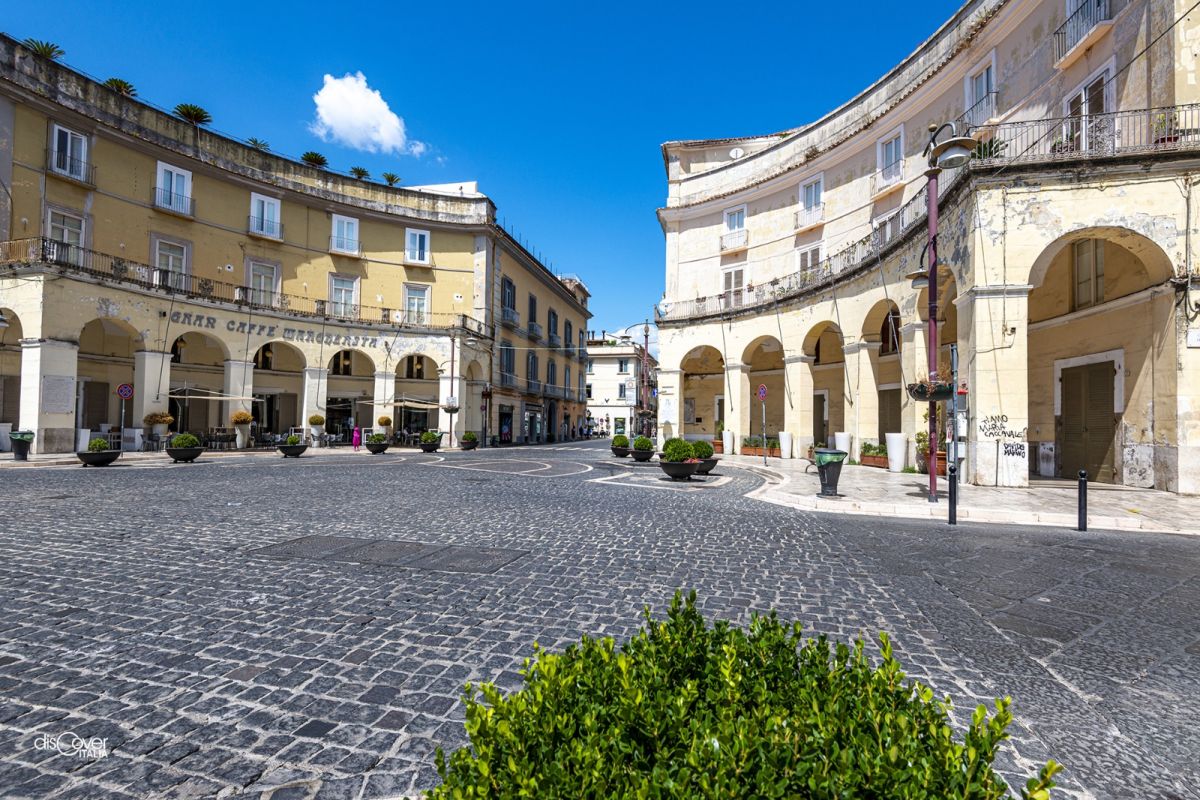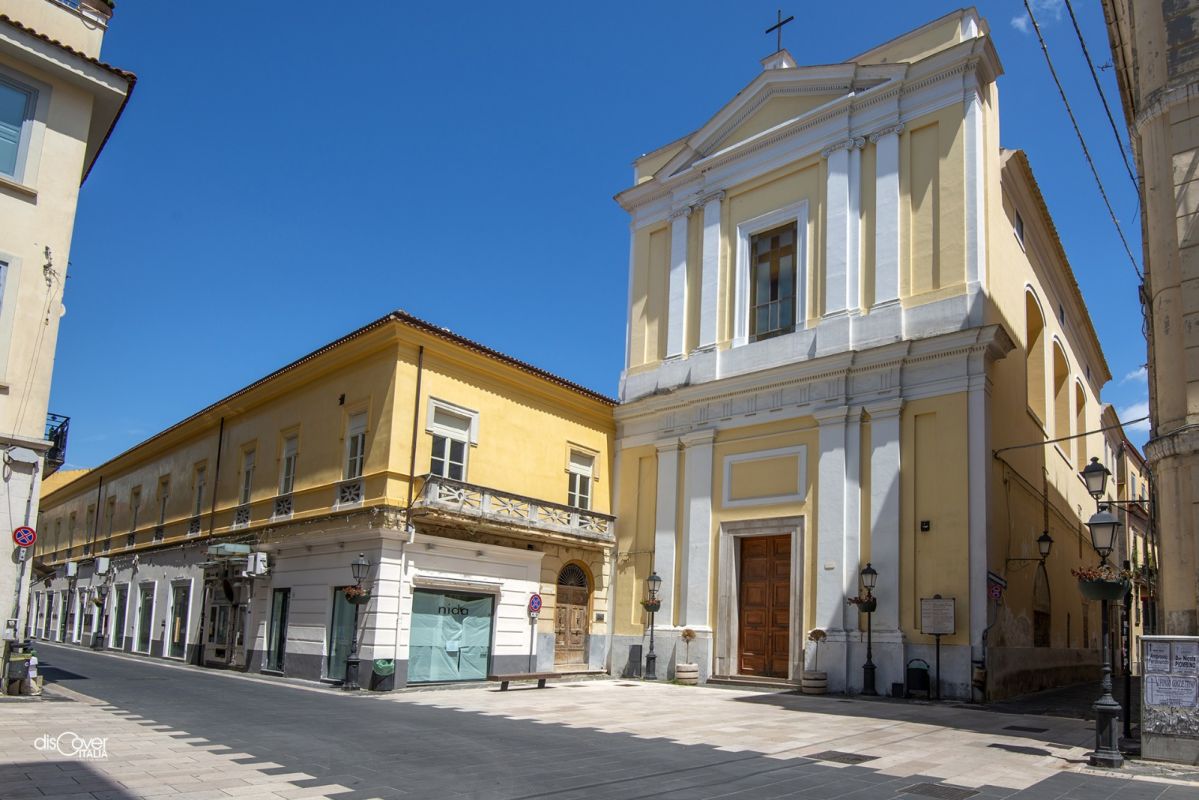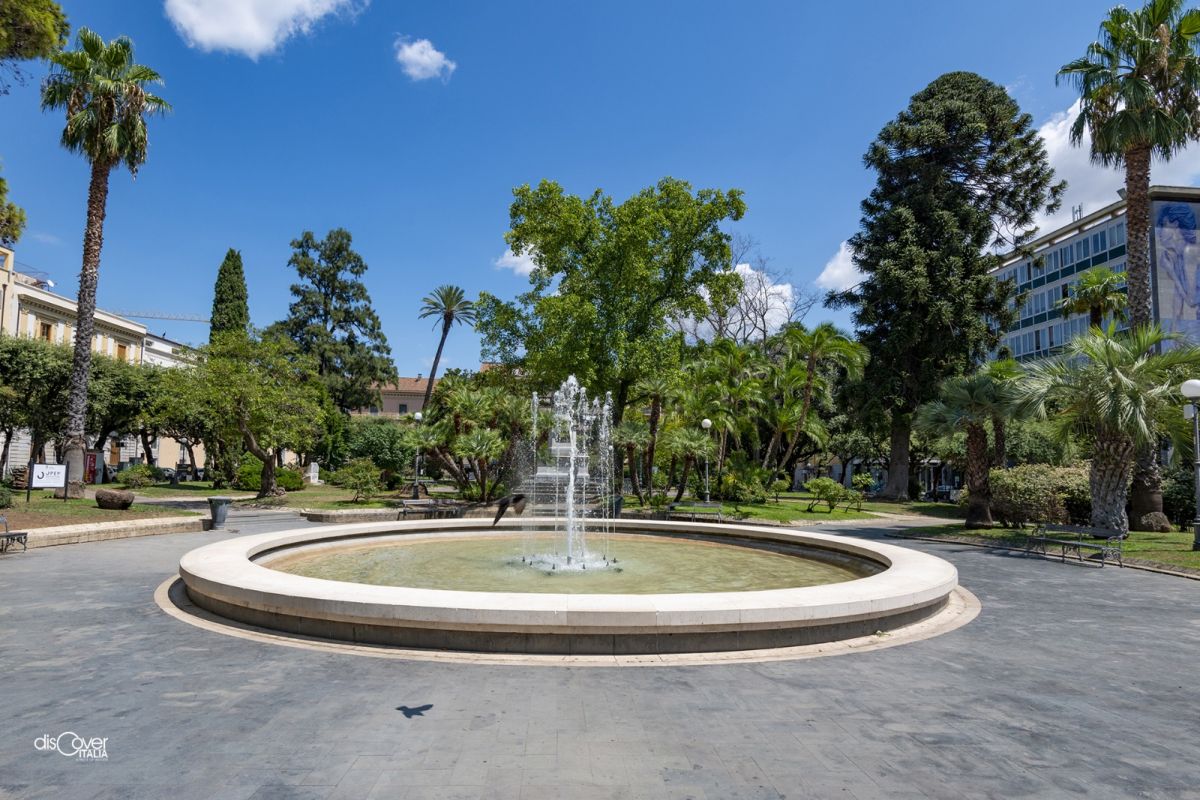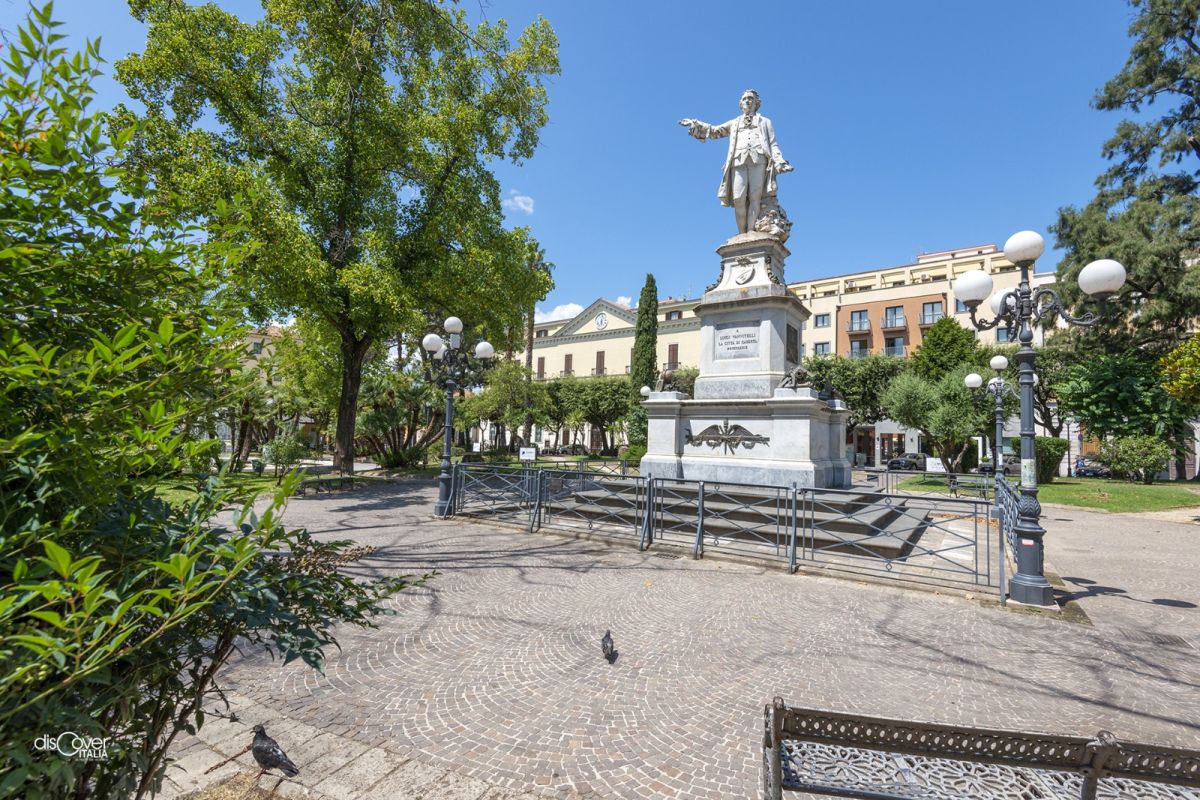The big and fertile plain crossed by the Volturno had already been chosen several times in Antiquity.
By the Osci and by the Etruscans, founders of the city of Calatia since the 8th century, and then by the Samnites to whom the tombs of the 5th century belong, which were found few decades ago under the Royal Palace. Subsequently, the Romans were not lacking, but when the city, together with Capua, allied with Hannibal, the punishment was implacable and the decline inevitable. 
The redemption came later, in the middle of the imperial age and for several centuries the settlement in the plain at the foot of the Tifatini Mountains flourished, while the life of its inhabitants flowed quietly. The advent of the Lombards in the 9th century, however, was not pacific. The new lord of Capua, Pando the Rapacious attacked Calatia, expanding the population, which in part moved to the actual Caserta Vecchia, evidently pre-existing and well protected by the hilly position. But it was on the plain that Pandone definitely affirmed his dominion, ratified with the construction of a tower in 863, which became the heart of the residential area of the Lombard period, grown up in the place which took the name of La Torre (The Tower).
 From there, the new life of Caserta started when at the beginning of the Sixteenth century Count Giulio Antonio Acquaviva, whose family succeeded to the Della Rattas in the possession of La Torre and the surrounding areas, decided to transfer his residence from the hill town to the feud in the plain. Where the other inhabitants started to follow him, attracted by the new open opportunities, especially thanks to the large market happening that took place around the tower and which soon made the new reality famous throughout the district. To seal their choice, the Acquaviva family amplified the ancient tower, building a large and beautiful palace suitably fortified, which they also embellished with an important garden, which soon became a must-visit for travelers, particularly foreigners, passing thorough the new city.
From there, the new life of Caserta started when at the beginning of the Sixteenth century Count Giulio Antonio Acquaviva, whose family succeeded to the Della Rattas in the possession of La Torre and the surrounding areas, decided to transfer his residence from the hill town to the feud in the plain. Where the other inhabitants started to follow him, attracted by the new open opportunities, especially thanks to the large market happening that took place around the tower and which soon made the new reality famous throughout the district. To seal their choice, the Acquaviva family amplified the ancient tower, building a large and beautiful palace suitably fortified, which they also embellished with an important garden, which soon became a must-visit for travelers, particularly foreigners, passing thorough the new city.



Comments powered by CComment